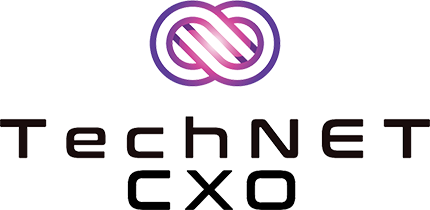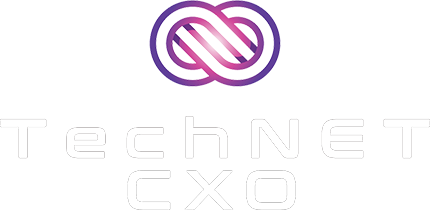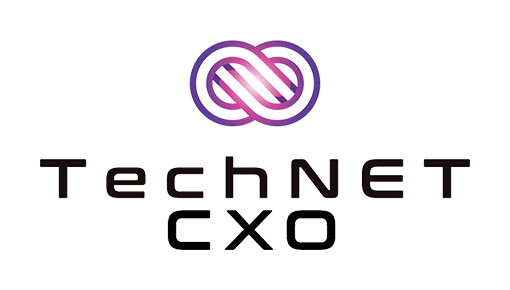
Women in the tech industry: Driving the change for greater gender diversity
It’s no secret that there is a prominent gender imbalance within the technology industry. Despite research aimed at initiatives intending to boost the profile of women in tech, there is still no real sign of improvement.
The tech sector is already experiencing shortfalls in the talent pool with not enough existing professionals to fill future positions. Achieving greater gender diversity within the sector could help to close this significant gap, becoming more inclusive to the other half of the population.
In an industry which thrives on innovation and diverse thinking, the technological sector has been disregarding those who identify as female, therefore prohibiting itself from achieving greater gains as a result of embracing diversity.
On a global scale, in general female representation becomes overshadowed within the talent pipeline. Women and girls are not being provided enough opportunities to excel in the tech industry due to a lack of inclusion and willingness to change workplace culture. For these individuals to feel seen, heard and valued, this needs to change.
The good news is progress is being made toward gender parity. Companies are beginning to cultivate inclusion and create change to ensure the tech sector’s greatest threat can be transformed into its greatest opportunity. Women and girls needs to remain engaged with technology network across both their education and career journeys.

Companies such as Dell Technologies have set ambitious measurement targets to tackle their gender representation, pledging that by 2030, 50% of their global workforce and 40% of their global people leaders will be women. Disparity doesn’t just stop here however. Workplaces need to be educated and trained on topics regarding unconscious bias, harassment, privilege etc. to ensure this inclusion doesn’t lose its purpose.
To help address this overwhelming issue, new opportunities need to be created in STEM education. Cultural biases and social expectations largely associate these disciplines with men, therefore it is up to the companies themselves to become more empowering and accessible for women and girls in STEM. Guaranteeing these opportunities to access technology and computing experiences, will allow companies to support the top talent that will keep them developing for the years to come.
It’s time to eliminate biases in recruitment and retention and provide high-potential candidates with a clear path to leadership through mentors, sponsors and role models. Organisations have the ability to create programmes and invest in mentorship so that these opportunities to gain new skills can be taken advantage of.
Setting concrete goals around diversity and inclusion is how companies are going to be able to drive this change. Workplaces can also create internal cultures that encourage understanding of female representation and be held responsible for achieving their related targets.
There’s still a long way to go. As companies work to seek this change, it is vital that the core of their focus is diversity and inclusion.





